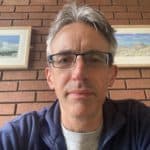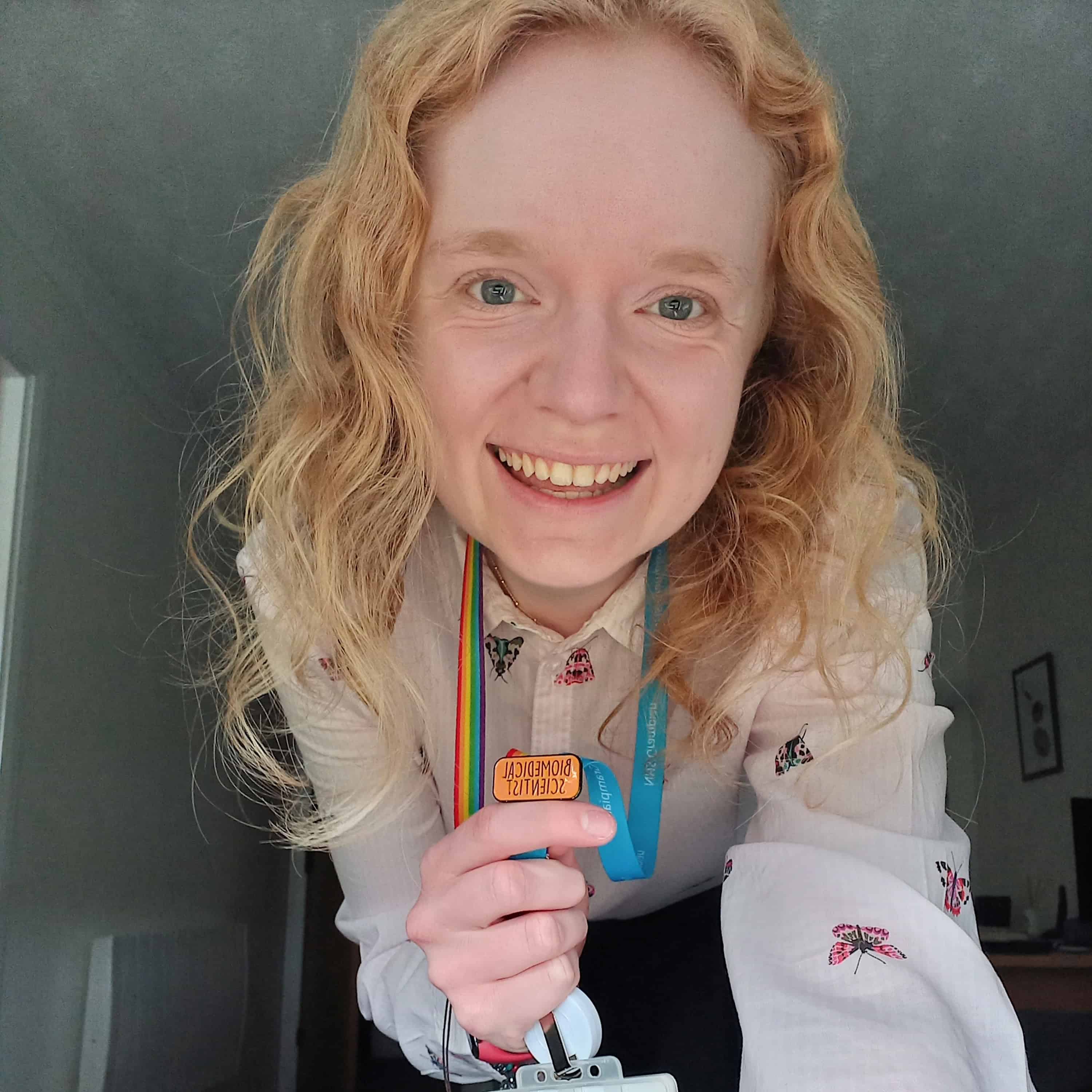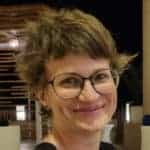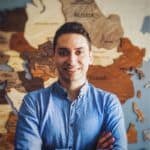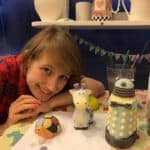Profile
Alessio Spampinato
-
About Me:
I am an aerospace engineer who moved to the UK from Italy about 9 years ago and I now live with my wife and my kids (boys, twins!) in Staines, Surrey. I have lived also in Nottingham (during my PhD years) and Derby (when I was a Rolls-Royce engineer working on aero engines).
-
Read more
When I am not at work, or super busy with my kids, I enjoy cooking (not much lately), watching science fiction TV series & movie, and anime. Plus, I love going for a run at lunch time around Bushy Park in Teddington (where I am based at work), or even in the evening nearby where I live.
-
My pronouns are:
My pronouns are he/him.
-
My Work:
I am a Higher Engineer at the National Physical Laboratory (NPL). I work on the design, analysis, build and test of science instruments that will be one day launched into space.
-
Read more
At NPL, I work on projects sponsored by the European Space Agency (ESA) on instruments that one day will be used for space applications in areas such as future generation Global Navigation Satellite System (GNSS), telecommunications, earth observation (gravity mapping) and fundamental physics.
Together with other members of my team, I take care of all aspects of the development of instruments that use optics (mirror, lenses, etc.) and lasers. I work on the design of these systems and simulate them on a computer to make sure they can survive a lunch into space. Then, I make/buy the components of those systems and assemble them to create real-life working devices. Sometimes, I 3D print some components to make a prototype and do some checks ahead of building the real system(checking the geometry is right, the sequence of installation and that all the components can actually fit together). Eventually, I test these in a laboratory and make sure they work as expected.
-
My Typical Day:
On my typical day, I wake up and have breakfast with my wife and my kids. We all get ready and leave together around 8am. I drop my wife at a near underground station, then I drop my kids at nursey. I get to work around 9am and read/reply to my emails (not many). Usually, this doesn’t take too long and depending on the day I can either go straight to the lab, or stay at my desk where I can do some virtual work (design and simulations). I leave work around 5.30pm and on my way back home I pick up both my kids and my wife.
-
Read more
At my desk, I design 3D models for the systems I am going to build and test, having in mind they will have to survive being lunched into space onboard a rocket. In fact, during the launch phase, the payload (that is the equipment that has to reach space) continuously vibrates and shakes (a lot!) due to mechanisms that allow the powerful rocket accelerating towards space (using rocket fuel, stage separation, etc.). I can simulate these vibrations acting on my 3D models using powerful computer programs and changing my design to make those systems more robust. Eventually, the European Space Agency (ESA) will have to like these designs and approve them for future space missions.
When I go to the lab, I typically work on activities like the alignment of mirrors and lenses on an optical table (a very flat surface, which usually is not bigger than a kitchen table) to make sure that a laser beam reaches the target I want. This is part of the tests I can do on the complex systems I design, which also include measurements using specialised equipment like an oscilloscope (a device that can show the characteristics of a signal). In other kind of labs, I sometimes use chemical components to clean as best as possible mirror and lenses, so they can be mounted together in a very accurate way. This also ensures that using this components give the expected results when combined with lasers.
-
What I'd do with the prize money:
As an engineer, I love turning my own creations into reality – this is what I do in my job. I would invest the prize money in buying a 3D printer for personal use, to create cool models of rockets, aero engines, spacecraft and much more, that I would use to explain how complex engineering machines work.
-
Education:
I was born in Italy (Sicily, to be specific) and went to school there until I was 18 years old. After finishing school, I moved to another region in Italy (Tuscany) to study at the University of Pisa (where the leaning tower is and where Galileo was a professor of mathematics a few centuries ago). There, I did a Bachelor’s degree and a Master’s degree in aerospace engineering, studying subjects like machine design, thermo-fluid dynamics, satellite instrumentation, space systems and rocket propulsion.
Then, I moved to the UK, where I was a PhD research student for a few years. My PhD was on mechanical and manufacturing engineering, working on a project sponsored by Rolls-Royce Plc. on the manufacture of turbine blades for aero engines.
-
Qualifications:
As I grew up in Italy, I gained different qualifications while I was a little younger. For example, after finishing school, one will receive a mark with a total of 100. At Uni in Italy, one can get a maximum of 110 “cum laude” (or “with honors”).
When I moved to the UK, I studied/researched for a PhD, so that is one UK qualification I have.
I am about to be a “Chartered Engineer (CEng)”, which is a qualification an engineer can get to demonstrate their creativity and innovation when facing complex engineering problems.
-
Work History:
My very first job was an internship at a space propulsion company in Italy during my last year as an aerospace engineering student. During that period, I wrote my dissertation while doing structural analyses on a small plasma thruster. This is a propulsion system that uses electric currents to make a gas into a plasma at very hot temperatures and then accelerate it to very high speeds. The analyses I did focused on the mechanical loads associated to the launch in orbit using a rocket (static loads, vibrations, shocks).
My second job was actually as a researcher for my PhD (sponsored by Rolls-Royce), where I worked on simulations, tests, data analysis, mechanical design and materials for a diamond tool used in machining turbine blades for aero engines. In this role, I took care of every part of the development process of that tool, from the creation of the 3D models to the material selection and the manufacturing of the same. I have produced the manufacturing drawings and worked with the manufacturing workshops.
Following my PhD, I joined Rolls-Royce as a Development Engineer in Civil Aerospace, spending three years in several teams. Initially, I was part of the Turbines Team, where I was leading the systems and development strategy for turbine components such as blades and discs. In that role, I had to make sure experimental engines had the right components installed and were doing the right tests. I had to analyse the data from the test and report the results to other groups. the I also led root-cause investigations with several specialist departments following the discovery of unexpected part damage and/or engine performance deterioration.
Then, I joined both the Performance Team and the Whole Engine Systems Team in Rolls-Royce, where I was involved the investigation of the performance of turbofan engines. In this role, I have also worked on 3D models of parts to be installed in experimental engines. Then, I joined the Engine Environmental Protection team, supporting research projects together with engine design, verification and certification, to protect the jet engine from the harsh environment in which it operates (e.g. rain & hail, ice crystals, volcanic ash, chemical pollutants and sand). In that role, I handled large amounts of engine data and dealt with physics problems, together with weather, meteorology and the extremes of the environment.
-
Current Job:
At NPL, I work on projects sponsored by the European Space Agency (ESA) on instruments that one day will be used for space applications in areas such as future generation Global Navigation Satellite System (GNSS), telecommunications, earth observation (gravity mapping) and fundamental physics.
Together with other members of my team, I take care of all aspects of the development of instruments that use optics (mirror, lenses, etc.) and lasers. I work on the design of these systems and simulate them on a computer to make sure they can survive a lunch into space. Then, I make/buy the components of those systems and assemble them to create real-life working devices. Sometimes, I 3D print some components to make a prototype and do some checks ahead of building the real system(checking the geometry is right, the sequence of installation and that all the components can actually fit together). Eventually, I test these in a laboratory and make sure they work as expected.
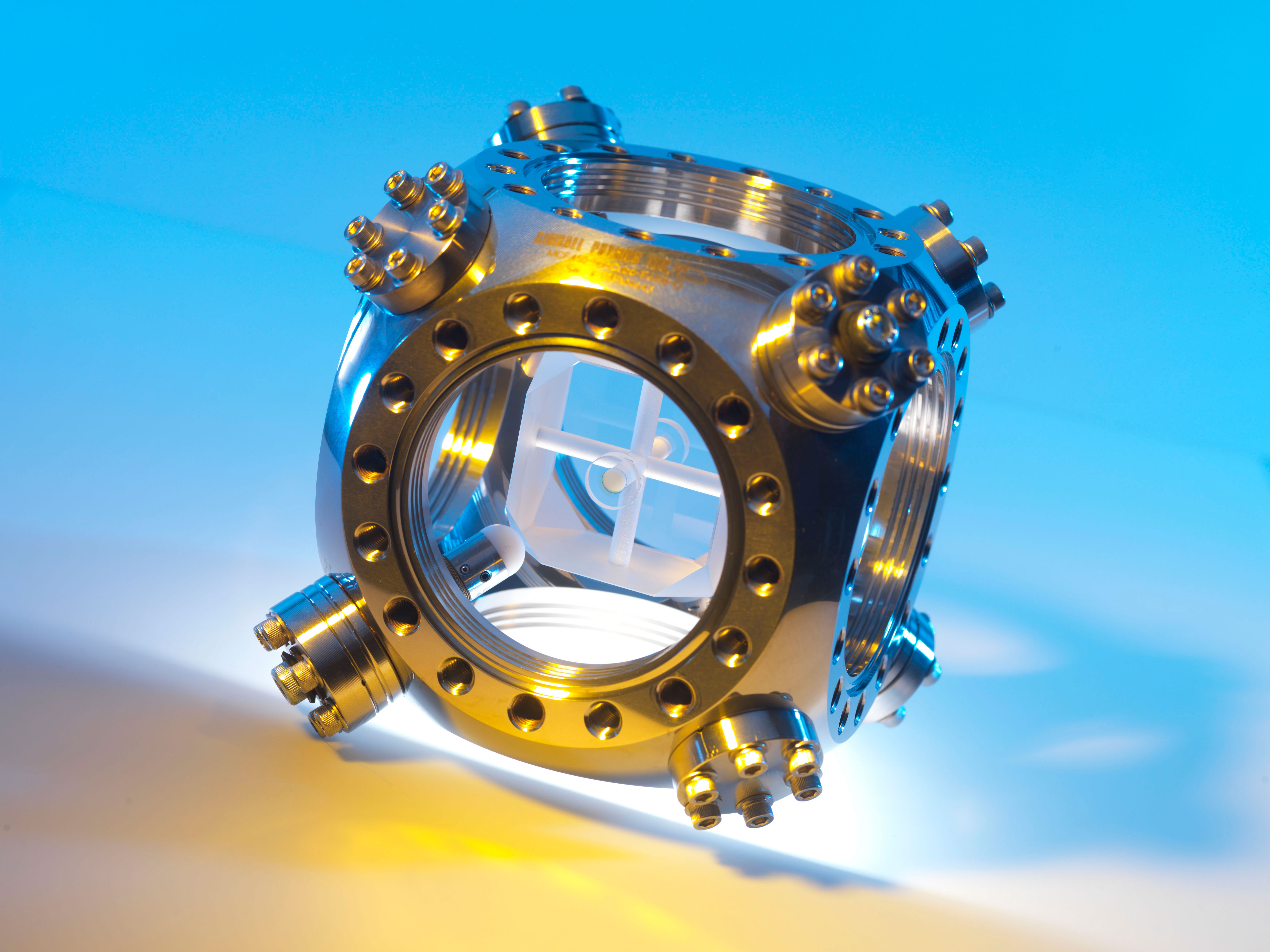
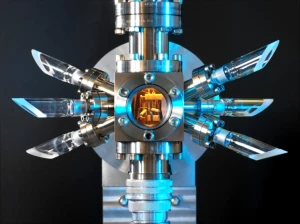
-
Employer:
I work for the National Physical Laboratory (NPL) in collaboration with the European Space Agency (ESA) and UK and European companies to develop optical systems (they are called “optical clocks”) in space. The projects I work on will improve satellite navigation systems and measurements of the changes in the Earth’s gravity field, as well as test fundamental theories of physics.
-
My Interview
-
How would you describe yourself in 3 words?
clean-space advocate and engineer
What did you want to be after you left school?
I wanted to be an engineer or an inventor.
Were you ever in trouble at school?
Not really. I was a quite peaceful guy.
If you weren't doing this job, what would you choose instead?
Working on rocket engines would surely be an interesting alternative!
Who is your favourite singer or band?
Currently, it's a band called Volbeat.
What's your favourite food?
I love pasta (ravioli) with mushrooms, cream and ham.
If you had 3 wishes for yourself what would they be? - be honest!
1) Being never tired, 2) Having infinite patience, 3) The power of controlling the time (to have more of it, or visiting the past/future)
Tell us a joke.
How does the Moon cut his hair. Eclipse it.
-


